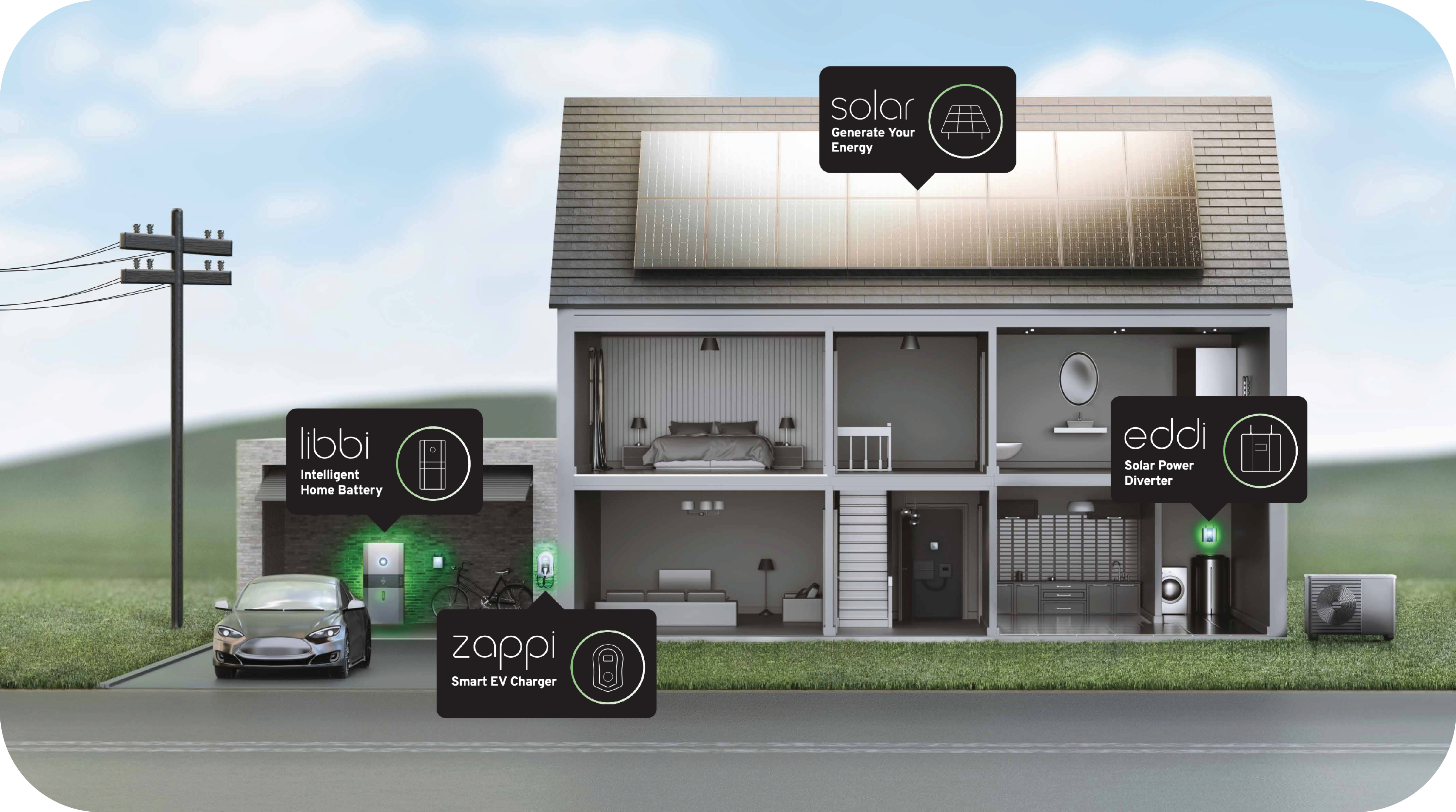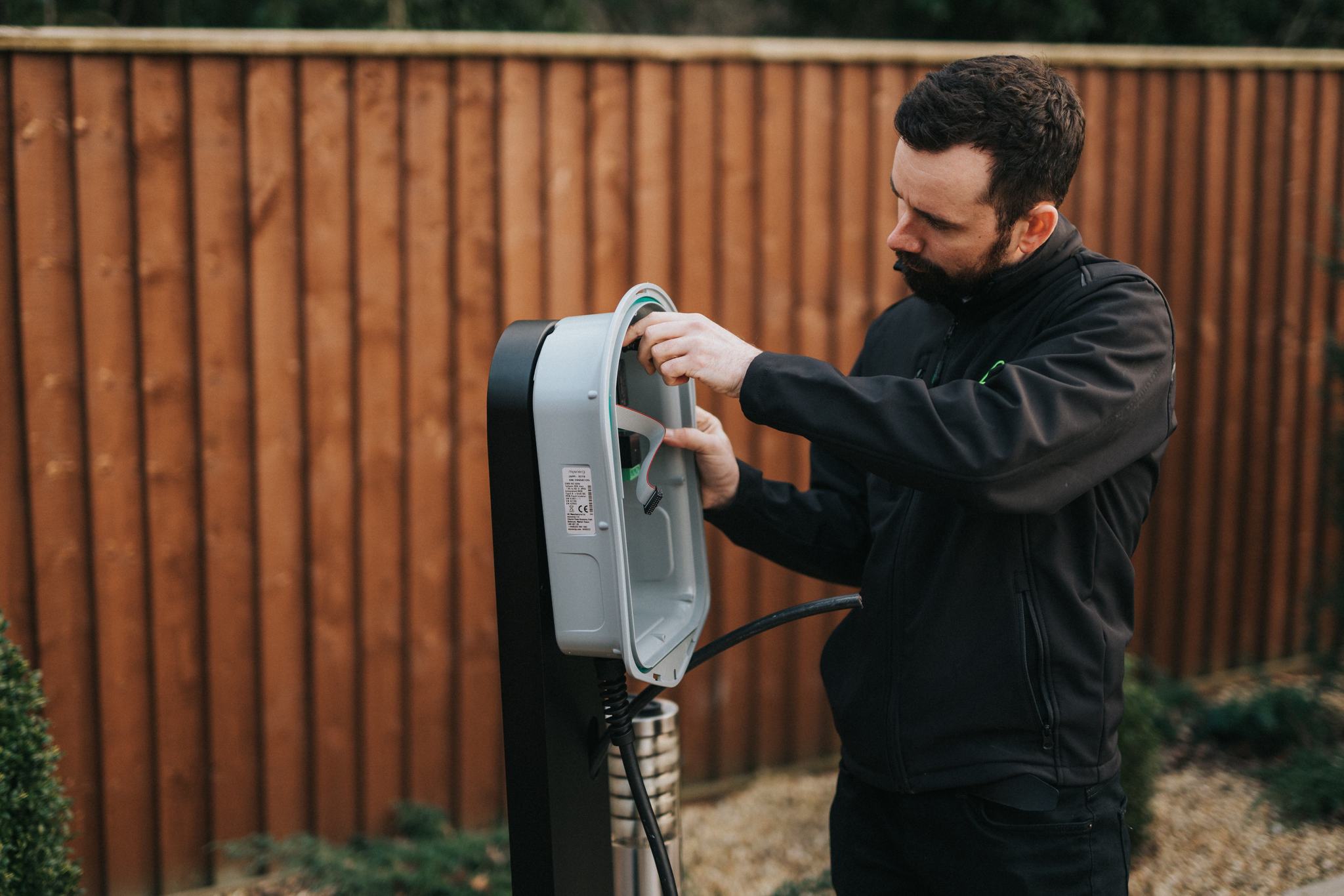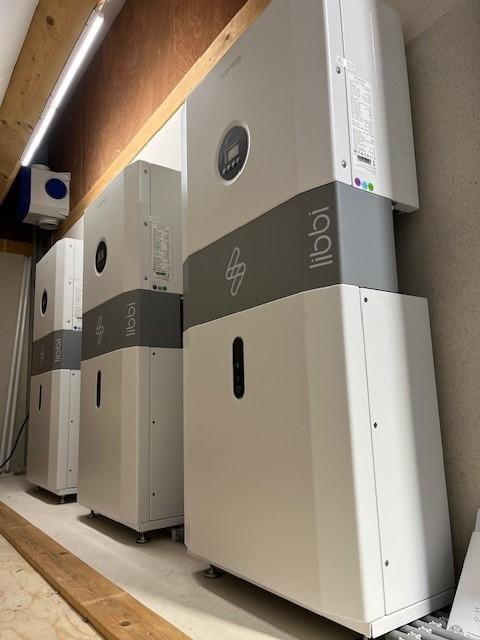Hydroelectricity is electricity generated by hydropower. It is one of the largest, renewable energy sources in the world. It accounts for a whopping 71 percent of renewable energy worldwide. Time to take a look at exactly what hydroelectricity entails.
What is hydroelectricity?
The term "hydro" comes from the Greek and means water. So hydroelectricity simply means electricity from water. For years the power of water has been used to generate energy, but only in recent years has it become a truly large renewable energy source. The largest hydroelectric plants are currently in China, Brazil, Russia, Canada and the United States.
How does it work?
Hydroelectricity is energy derived from the power of flowing water. The flowing water spins a turbine connected to an electric generator. Because water is predictable, hydroelectricity is one of the most reliable sources of renewable energy.
The generator can vary greatly in size and therefore in the amount of energy generated. Hydroelectricity usually works according to three elements: a power plant where electricity is produced, a river or dam that can be opened and closed to control the flow of water and a reservoir where the water can be stored.
How sustainable is hydropower?
According to a report by Hydropower. org, 4 trillion tons of greenhouse gas emissions were avoided in 2017 as many countries replaced their coal-fired power plants with hydroelectric plants. Although hydroelectricity comes from a clean energy source, there are some critics who say this source is not sustainable. The large-scale power plants to be built are costly and can disrupt the lives of surrounding communities and ecosystems.
What forms of hydroelectricity are there?
Four types of hydroelectricity can be distinguished:
- Dam power plant: A dam releases the flow of water from a large reservoir. The water then flows through a turbine, which then converts the power of the water to the generator.
- River power plant: This system uses the power of flowing water from a canal or river to activate the turbine. Generally, these plants do not have storage facilities. A river power plant is particularly useful when there is continuous, stable hydropower.
- Pumped storage: A pumped storage system makes use of water power generated by pumping water between higher and lower reservoirs. The system makes use of a surplus of energy. When the demand for water is high, the turbines release water from the upper reservoir to the lower one to generate energy.
- Tidal power plant: A tidal power plant uses the power of the waves at sea to produce electricity.
It is also common for the above types to overlap and be used together in a larger hydropower plant.
And now what?
Hydroelectricity accounts for 16% of electricity worldwide. We still have a long way to go to use only renewable energy. Wondering what steps you can already take yourself to use and generate the cleanest energy possible? Contact our team and discover our green energy products.

 EV charging
EV charging Manage your energy
Manage your energy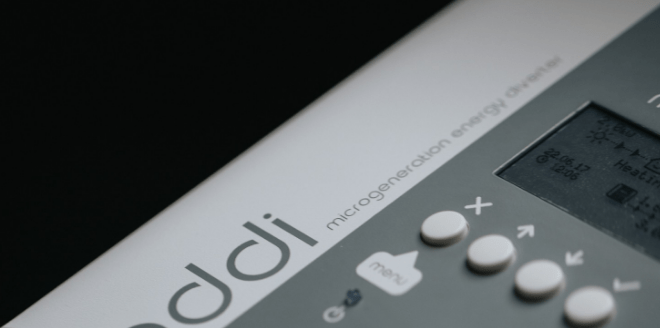 Maximize your energy
Maximize your energy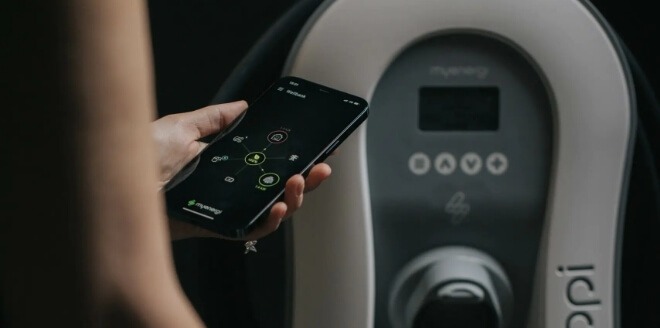 Monitor your energy
Monitor your energy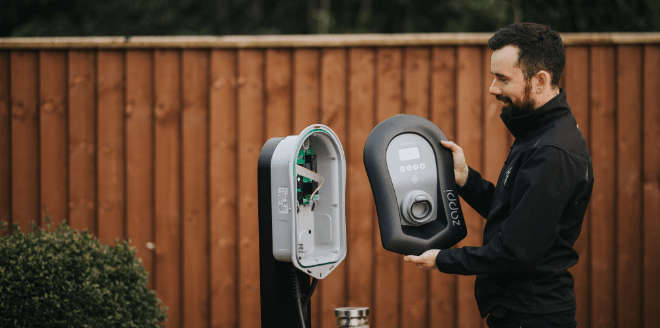 Find an installer
Find an installer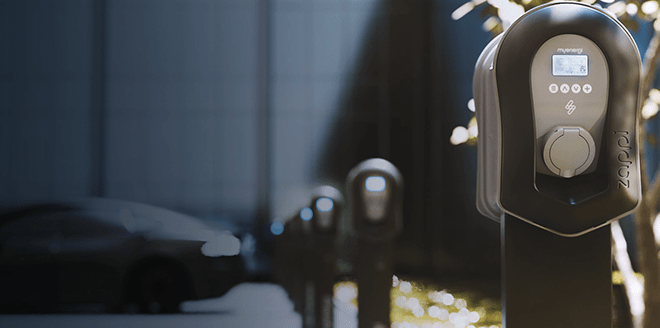 Business charging station
Business charging station Pair zappi with a management platform
Pair zappi with a management platform
